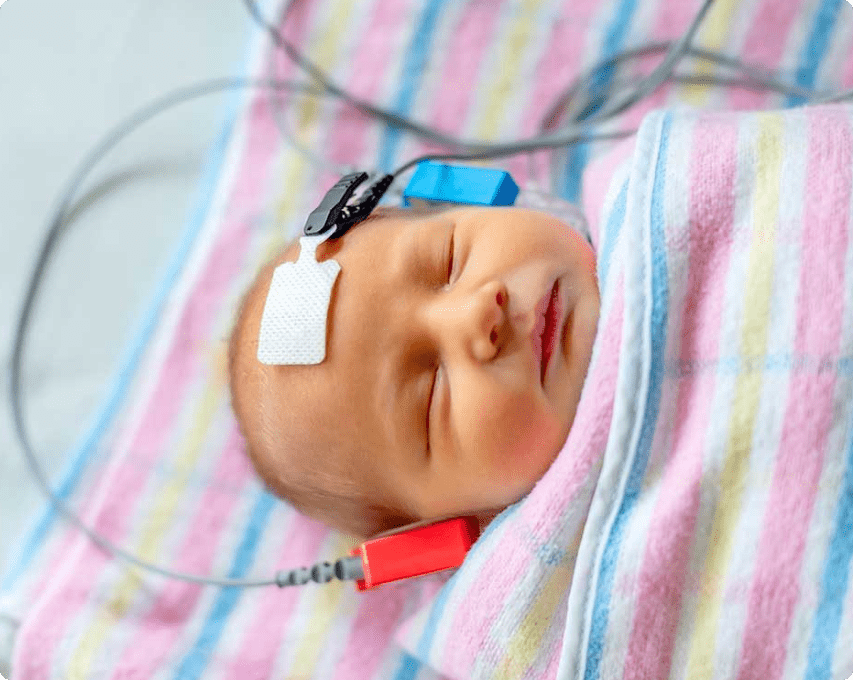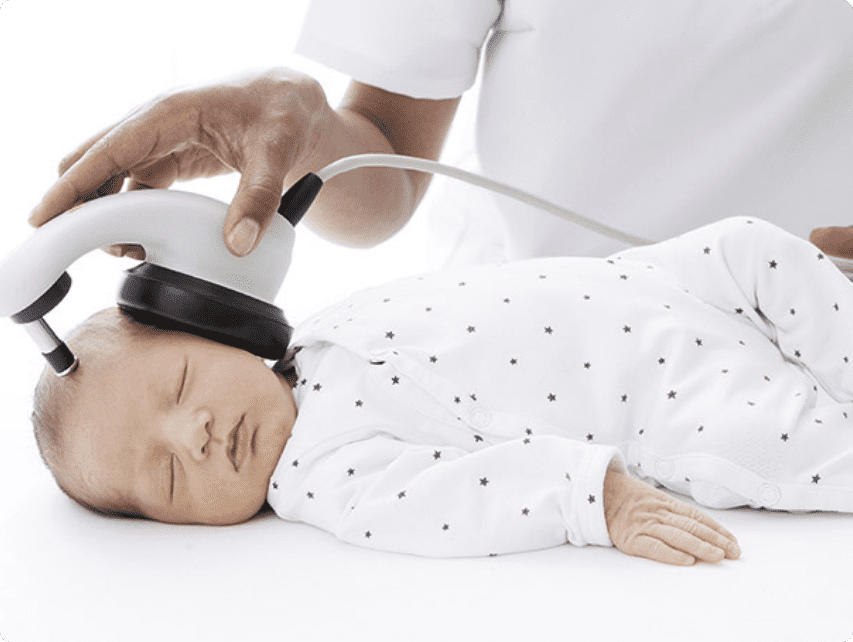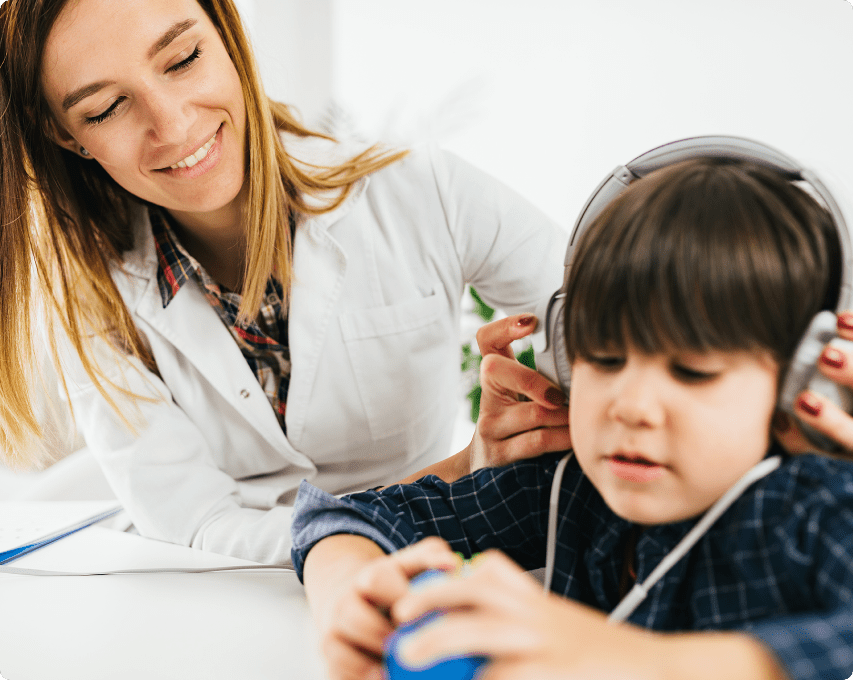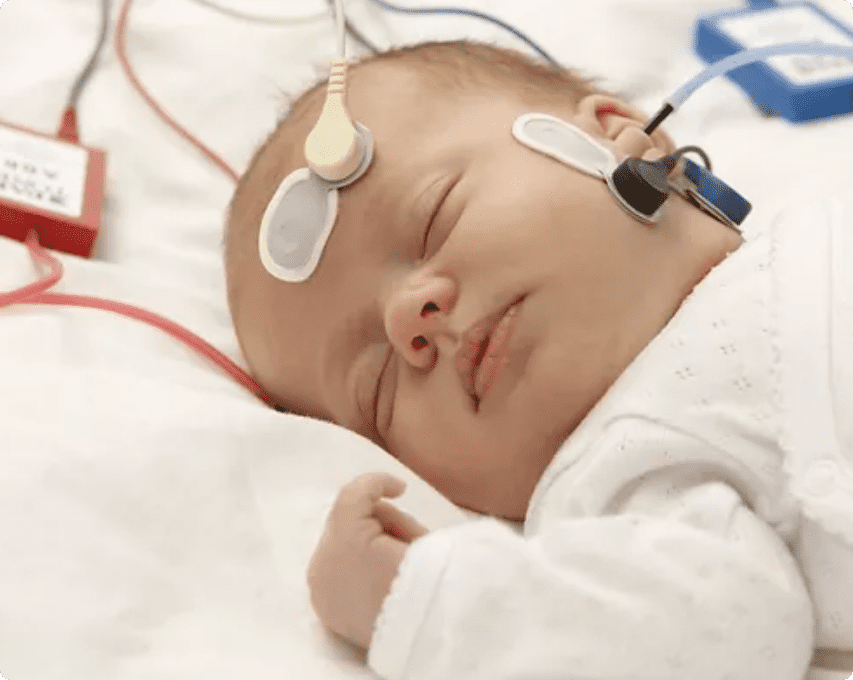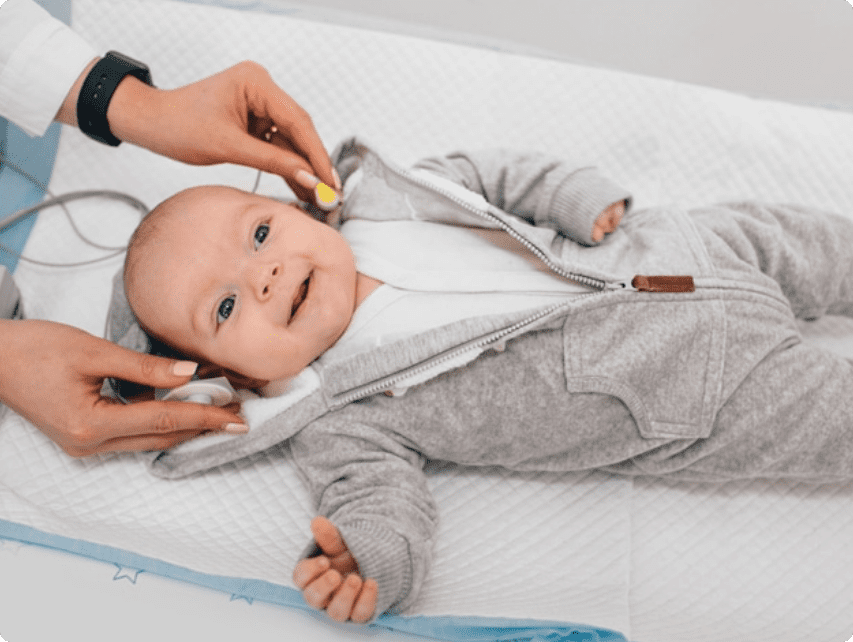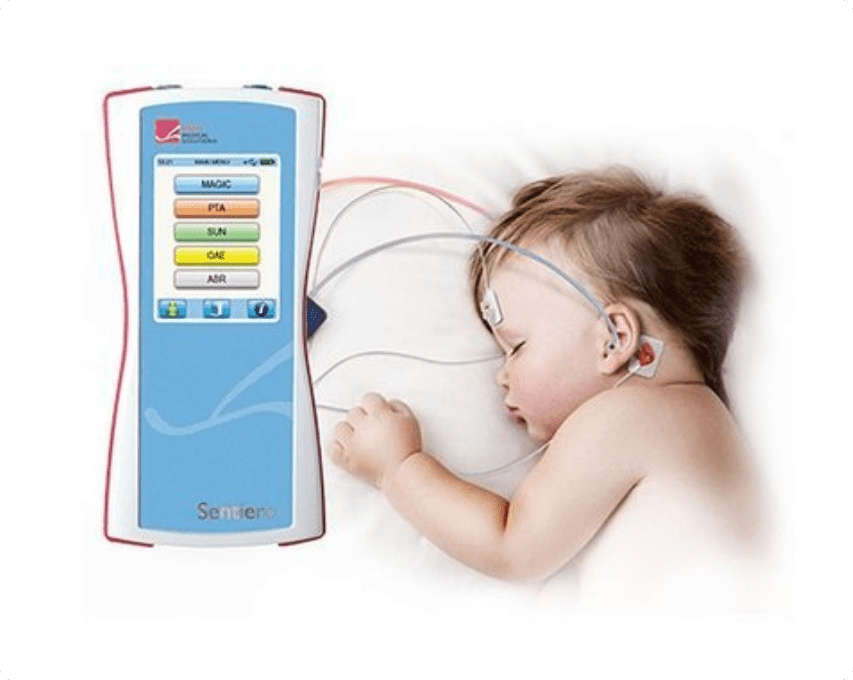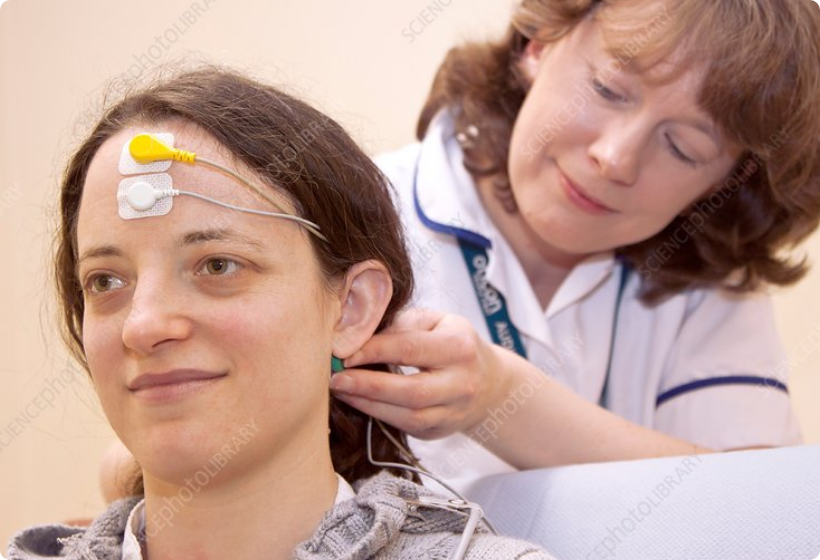What is the BERA test?
The BERA (Brainstem Evoked Reaction Audiometry) test is an otorhinolaryngological examination that assesses brain and auditory function in response to a sound stimulus. Our BERA test estimates the nerve impulses transit rate along the auditory nerve. Following that, the test is analyzed for around an hour. Our audiology expert in Otorhinolaryngology interprets and tests the results.
It is a method of inducing brain stem potentials in response to audiological click stimuli that is completely objective. Electrodes are inserted in the scalps to generate waves in this procedure. It is used to test newborns for hearing loss, evaluate the kind and level of hearing loss, diagnose auditory nerve and brainstem lesions, and design cochlear implants. This procedure is completely risk-free and painless as our experts in Otorhinolaryngology have the experience and know-how to make the procedure comfortable for patients.
